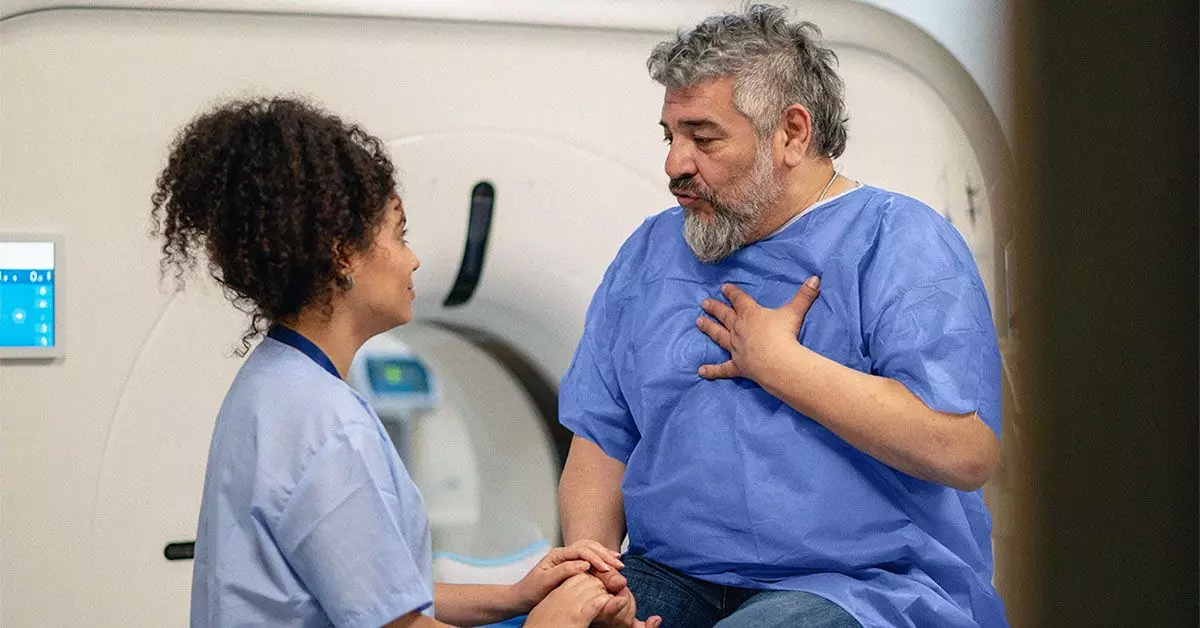Understanding the lungs’ structure is crucial when discussing treatments for lung cancer. The lungs are divided into lobes; the right lung hosts three lobes while the left contains two. In cases of early-stage non-small cell lung cancer (NSCLC), surgical intervention is often necessary to remove cancerous tissue, and various procedures exist to treat the affected area efficiently. Among these, wedge resection has gained attention as a viable option for select patients, allowing for targeted removal of lung sections while preserving as much healthy lung tissue as possible.
Wedge resection entails the surgical removal of a triangular or wedge-shaped section of the lung, distinguishing it from more extensive surgeries like segmentectomy, where a larger segment, including some surrounding healthy tissue, is excised. This procedure is particularly advantageous for patients with smaller, localized tumors, as it minimizes recovery time and preserves lung function. Surgeons adeptly utilize video-assisted thoracic surgery (VATS) for these operations, employing minimally invasive techniques through small incisions of approximately 5 centimeters, which reduces the complications often associated with traditional open surgeries.
During a wedge resection, several steps are pivotal for its success. Initially, the surgeon makes small incisions to introduce a camera and surgical instruments into the patient’s chest cavity. Using specialized staples, the precise section of the lung, identified for removal, is both cut and sealed, which efficiently minimizes bleeding. The surgeon subsequently extracts the lung segment through one of the incisions and closes the incisions using dissolvable stitches. To facilitate recovery, chest drains may be installed to remove any fluid or air accumulating around the lungs post-surgery. Although VATS offers many advantages, there are instances where a thoracotomy—a more invasive procedure—becomes necessary if access to the affected lung is obstructed.
Before undergoing wedge resection, thorough assessments are undertaken to determine if a patient is suitable for this approach. A series of pulmonary function tests are performed to ensure adequate lung capacity remains post-surgery. Additionally, cardiovascular health is evaluated through an electrocardiogram (ECG) and echocardiogram. These evaluations are essential, as those with advanced NSCLC or tumors that have metastasized to surrounding tissues are typically considered unsuitable candidates for surgical removal.
Preparation for surgery involves lifestyle adjustments, such as discontinuing smoking and maintaining a nutritious diet. Patients are advised on preoperative dietary restrictions and medication management to optimize conditions for the surgery. The anesthesia process, typically administered via an intravenous line, is key to ensuring patients remain comfortable during the surgery. Post-surgery, patients will find themselves under continuous monitoring as they transition through recovery—a period characterized by grogginess and the administration of pain management medications. While some may depart the hospital within a few days, others with more complex needs might have to remain for extended care.
Healing from wedge resection varies significantly among individuals, driven largely by their overall health and how well they adhere to recovery guidelines. Shortness of breath may remain prominent but should gradually improve in time. In certain cases, discomfort can linger, necessitating additional communication with healthcare teams for pain management or coping strategies. Comprehensive follow-up appointments often include pulmonary rehabilitation, which supports lung recovery and function.
The potential for cancer recurrence remains a concern, especially for NSCLC patients, who may face increased risk evaluations in future screenings. Therefore, the balance of removing sufficient cancerous tissue against maintaining lung function is critical in tailoring the surgical approach. There is an ongoing debate within the medical community regarding the merits of wedge resection as opposed to more radical procedures like lobectomy. While some evidence indicates a slightly lower five-year survival rate for those undergoing wedge resections, studies also highlight comparable outcomes, suggesting that surgical choice may depend on individual patient contexts.
Wedge resection serves as a pertinent surgical option for selected patients with early-stage NSCLC. Through informed preoperative assessments and a focus on minimizing recovery complications, this minimally invasive approach prioritizes patient well-being and lung health while addressing the immediate challenges presented by lung cancer. Further research and individualized treatment planning remain vital components in optimizing surgical outcomes in the battle against this prevalent disease.

